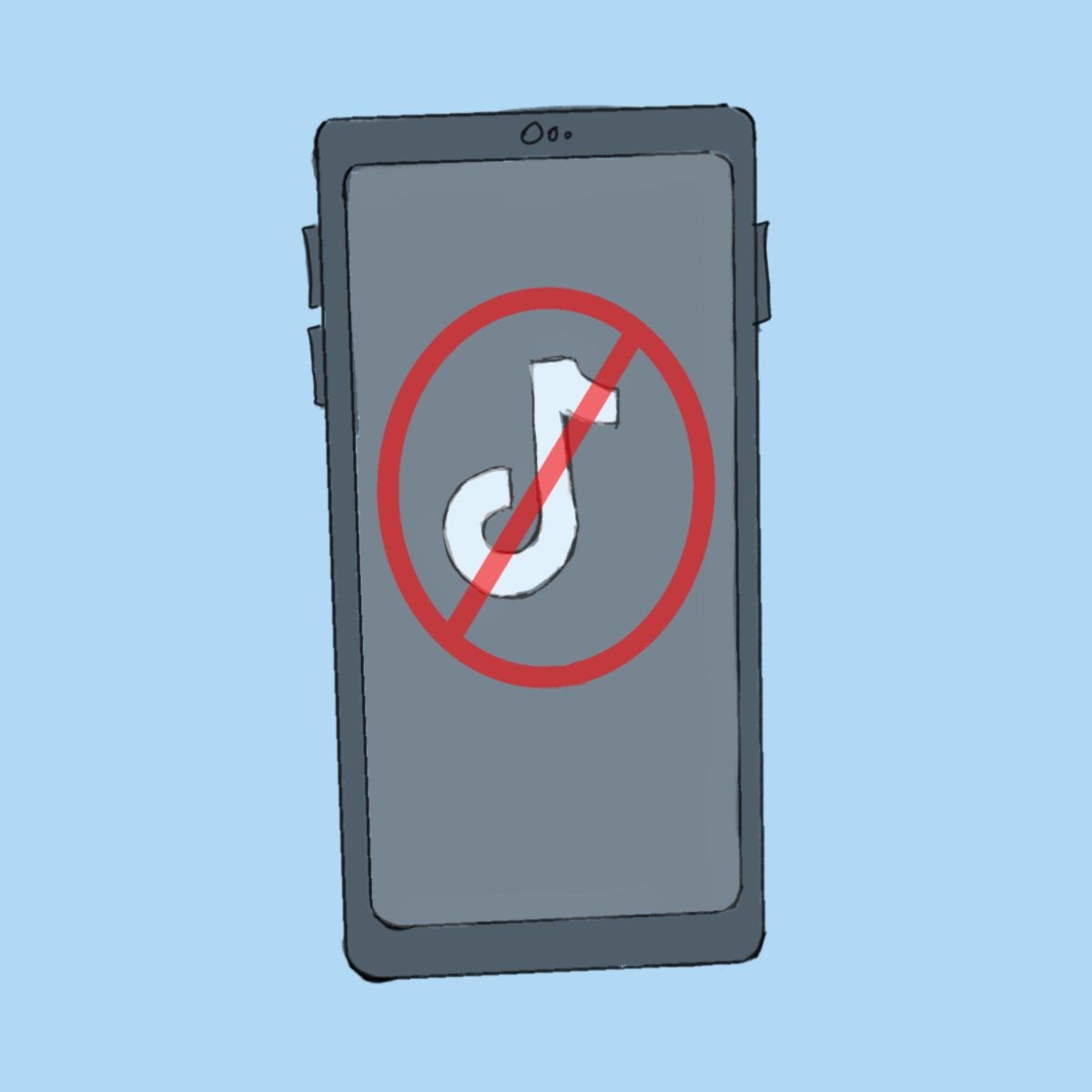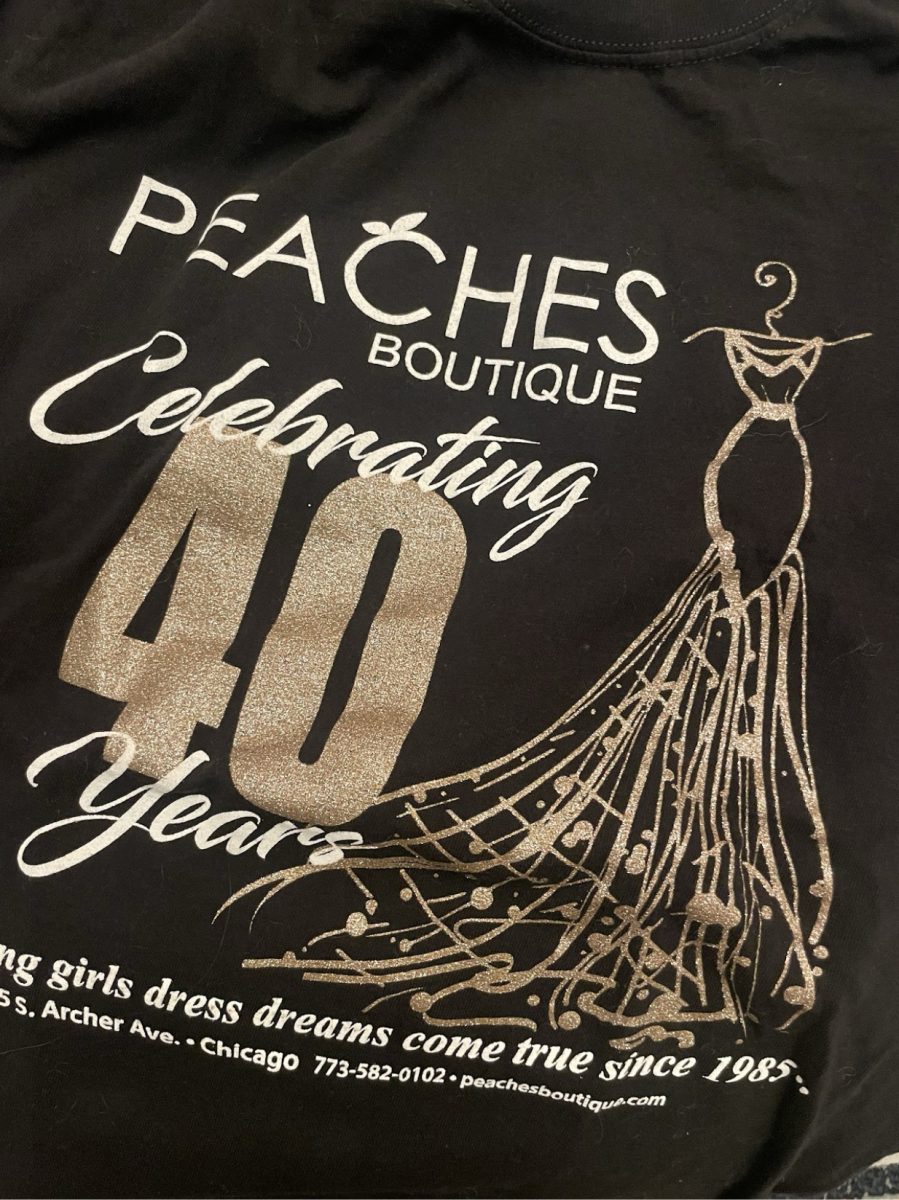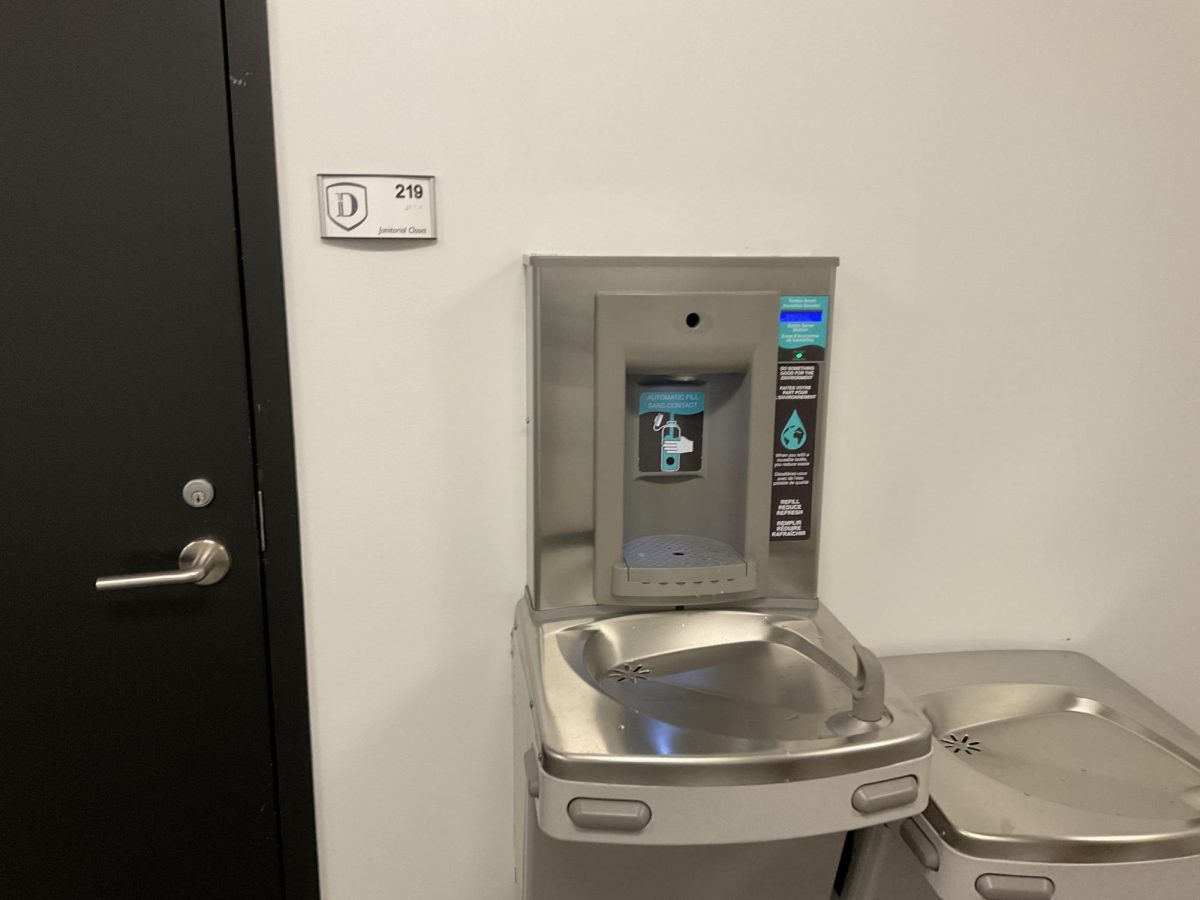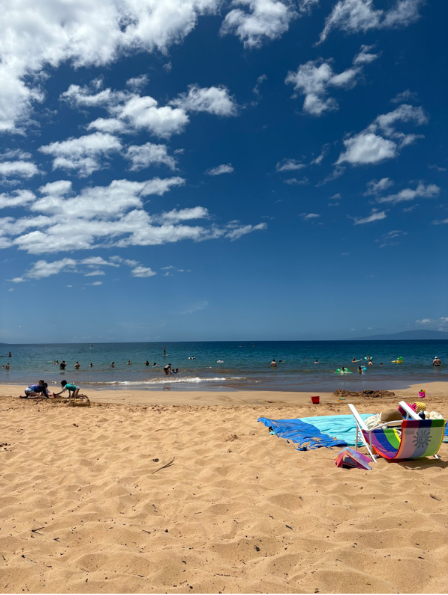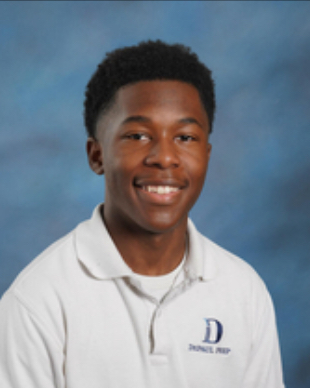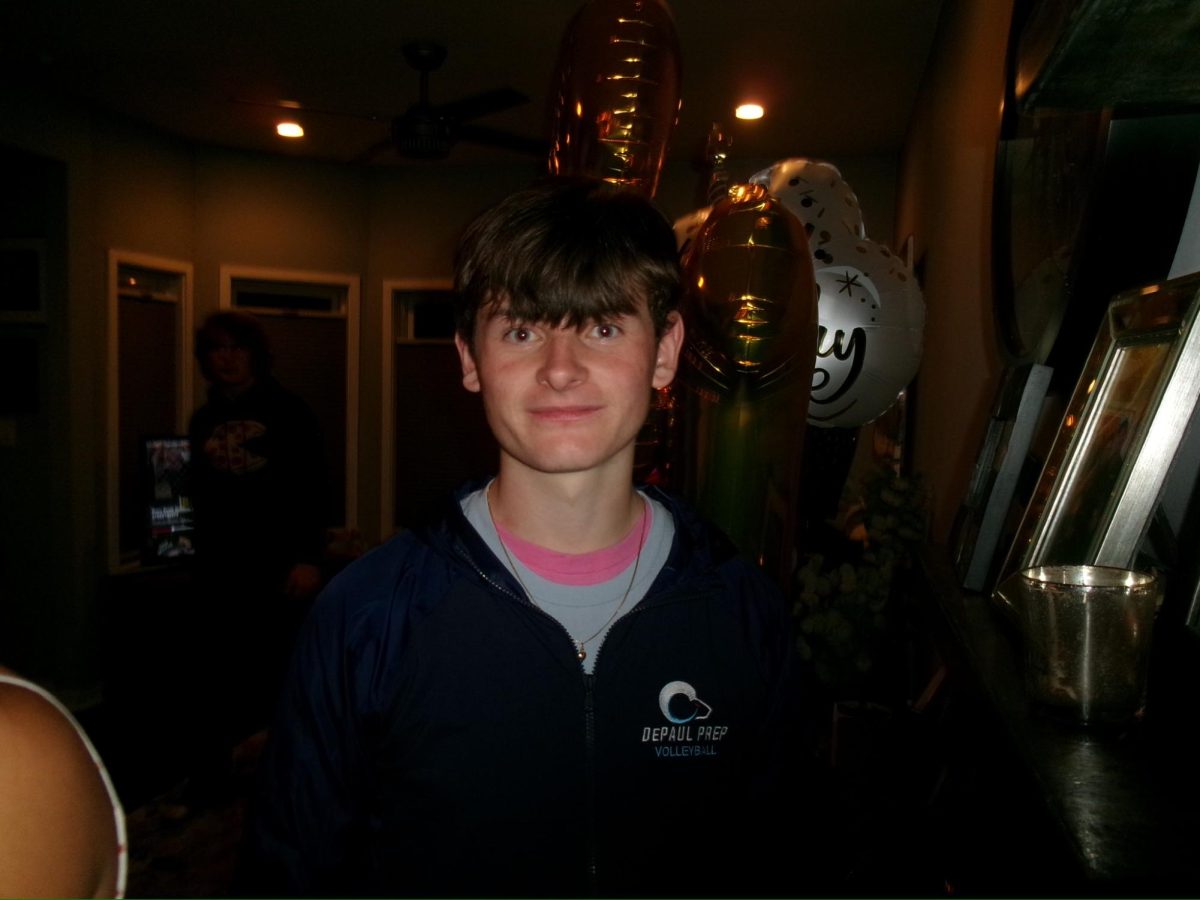On January 18 at around 9:45 p.m. central, millions of users found their TikTok scrolling interrupted by a message simply headlined: “Sorry, TikTok isn’t available right now.”
Senior Nora Beach, a self proclaimed “TikTok addict” was devastated. Upon hearing the news, she started to cry, and remembers saying to her mom, “This is the saddest moment of my life.”
The TikTok ban came after months of discourse. The app, owned by the Chinese company ByteDance was started in 2019, after merging with Musical.ly, a popular lip sync app among teenagers. On April 24, former president Joe Biden signed a law requiring ByteDance to sell the app to a U.S. owner within a year, or else it would be shut down. January 18th, the Supreme Court upheld the law banning TikTok, and it shut down, around two hours before the midnight deadline for the ban.
What makes TikTok so special is the algorithm that they’ve created. “The idea of TikTok is easy to copy.” English teacher Paul Sheldon said, “It’s the algorithm that fed you what you like, that TikTok was really good at, and no matter what happened, they weren’t going to give that to another company.”
Senior Oonagh Moriarty said she was excited for the ban, because “it’s so incredibly addicting.” She has had TikTok since it switched from Musical.ly to TikTok, but said she would often delete it, because she found it too addicting. When talking about it with her friends, she would say, “I’m not going to download the next app that comes.”
Beach had a different perspective on the ban. Although she was initially disappointed, she thought that it might mean she would focus more on school. Instead she found herself migrating to other platforms, such as YouTube Shorts and Instagram Reels, because she “loves quick and easily consumable content.”
However, Beach said that although the content was similar on YouTube, “The people on it are either eighty or 8, so there’s no teenagers in that space. So, it felt different, I didn’t like it as much.”
Beach also tried the Chinese app RedNote, yet wasn’t a fan. “It was really odd, not because it was a different culture, just because there’s a mix of so much going on,” Beach said, “There’s people coming up with TikTok, and then there’s the already established users.”
While Sheldon had never really used TikTok before, he found a way to get back on the app while it was banned. Through installing a VPN, which tricked the computer into thinking he was from another country, he was able to gain access to TikTok during its black out.
Sheldon did this “just to show that it could be done. I wanted to prove to myself you can’t ban stuff on the internet, nor should you.”
However, once he got on TikTok, the content on it wasn’t that interesting. Without the American content creators, there wasn’t that many things to consume, as Americans make up a large portion of TikTok’s users.
Around 12 hours after the ban, TikTok was restored, with a message reading: “Welcome back! Thanks for your patience and support. As a result of President Trump’s efforts, TikTok is back in the U.S.!”
This message was met with a lot of controversy. Sheldon said, ”I think the politicians in charge just wanted to be popular.”
However, users who had already deleted the app, like Moriarty, were unable to reinstall it. While everyone else was able to access it, Moriarty was not, finding herself watching short-form content from Snapchat, which she had never even looked at before.
No matter their efforts, many still find themselves completely addicted to TikTok. Moriarty said, “TikTok is the first thing I open when I open my phone.”
Another major issue people have cited with TikTok is the amount of anger and divisiveness present on the platform. “The stuff that people tend to watch is not the stuff that makes them happy, it’s the stuff that makes them angry.” Sheldon said, “It’s never a conversion, it’s all just consumption.”


